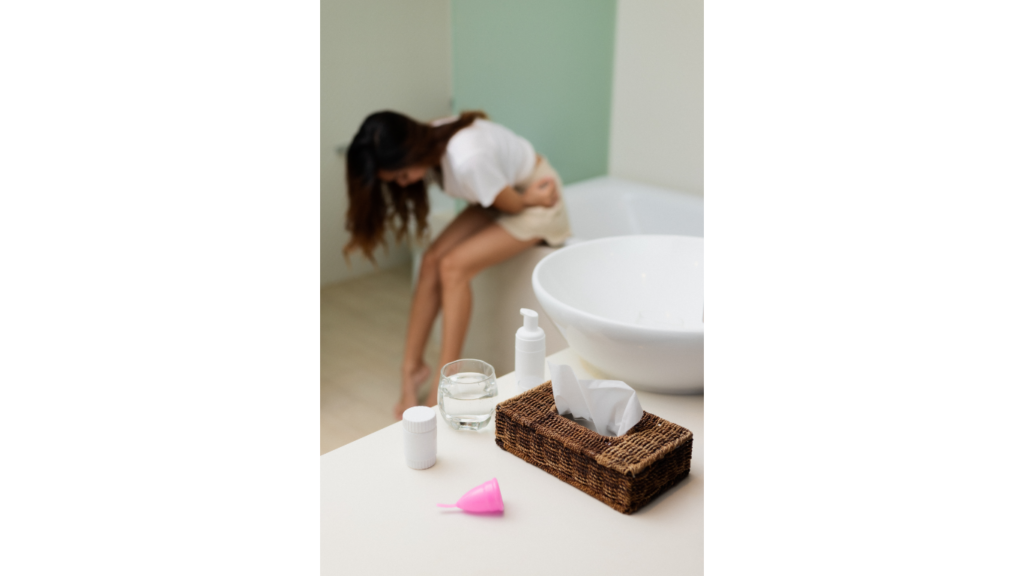Are Kegels Right For Me?
On our last blog for this series, we will be talking about why Kegels might not be right for you yet. When it comes to enhancing pelvic floor health, Kegel exercises are often the go-to recommendation. These exercises, named after Dr. Arnold Kegel, are intended to strengthen the pelvic floor muscles. While they can offer numerous benefits, they might not be suitable for everyone. Before you start incorporating Kegels into your routine, it’s important to understand why they might not be the best choice for you at this time.
What Are Kegel Exercises?
Kegel exercises involve contracting and relaxing the pelvic floor muscles, which support essential organs such as the bladder, uterus, and rectum. They are commonly suggested to improve bladder control, reduce the risk of pelvic organ prolapse, and boost sexual health. However, not every pelvic floor needs strengthening. In some situations, Kegels might actually worsen existing problems.
Existing Pelvic Floor Dysfunction
If you have pelvic floor dysfunction, doing Kegels could aggravate your condition. Pelvic floor dysfunction can show up as muscle tightness, weakness, or both. If your muscles are already overly tense or tight, adding more tension through Kegels could lead to increased discomfort or pain.
Chronic Pelvic Pain
Chronic pelvic pain is a complex issue that can be influenced by various factors, including muscle tension. If you suffer from chronic pelvic pain, Kegels might not be appropriate because they could intensify your pain. Focusing on relaxation techniques and other therapies might be more beneficial for managing this condition.
Difficulty with Muscle Relaxation
Kegel exercises require both contraction and relaxation. If you have difficulty fully relaxing your pelvic floor muscles, Kegels could create further imbalance. A healthy pelvic floor needs a proper balance between muscle contraction and relaxation.
Incorrect Technique
Incorrectly performing Kegels can also be counterproductive. Many people unknowingly engage the wrong muscles, such as the buttocks, thighs, or abdomen, instead of the pelvic floor muscles. This can lead to ineffective results and potential muscle strain.
Unidentified Underlying Conditions
Before starting any exercise regimen, it’s vital to rule out underlying conditions that might be contributing to your pelvic floor issues. Conditions like interstitial cystitis, endometriosis, or pelvic pain require specific treatment approaches. Kegels alone might not address these underlying problems and could potentially cause more harm.
Alternative Approaches
If Kegels aren’t right for you, don’t worry, there are alternative approaches that might be more suitable. Working with a pelvic floor physical therapist can help you identify the specific issues affecting your pelvic floor health. A therapist can guide you through personalized exercises and techniques tailored to your condition, ensuring you’re targeting the right muscles and using proper form.
Manual Therapy: A Hands-On Approach
In addition to alternative exercises and techniques, manual therapy is a valuable component of pelvic floor physiotherapy. This hands-on approach involves a therapist using their hands to manipulate muscles, tissues, and joints, providing targeted relief from pain and discomfort. Techniques like soft tissue mobilization, myofascial release, and trigger point therapy can help alleviate tension, improve circulation, and promote healing. Manual therapy can be particularly beneficial for addressing issues such as pelvic pain, incontinence, and painful intercourse, offering a personalized and effective treatment option for those who may not benefit from Kegels.
Breathing and Relaxation Techniques
Incorporating breathing exercises and relaxation techniques can help alleviate tension in the pelvic floor muscles. Practices such as diaphragmatic breathing, progressive muscle relaxation, and yoga can promote overall pelvic floor health.
Biofeedback
Biofeedback is a technique that uses sensors to monitor muscle activity. By providing real-time feedback, it can help you learn how to control and relax your pelvic floor muscles more effectively. This method is often used in conjunction with physiotherapy.
Lifestyle Modifications
Sometimes, simple lifestyle changes can have a significant impact on pelvic floor health. Maintaining a healthy weight, staying hydrated, and practicing good bathroom habits can support pelvic floor function and reduce the risk of issues.
Listen to Your Body
Listening to your body is crucial when it comes to pelvic floor health. Kegels might be beneficial for some, but they’re not a one-size-fits-all solution. Understanding your specific needs and seeking professional guidance can help you find the right approach to improve your pelvic floor health. Always consult with a healthcare provider or a pelvic floor specialist before starting any new exercise regimen to ensure it’s the right fit for you.
Your journey to better pelvic floor health is unique. Finding the right path will make all the difference in achieving your goals.
I hope you enjoyed this series and found it both insightful and educative. For all your inquiries and questions, book a consultation with TheraTouch Physiotherapy.









